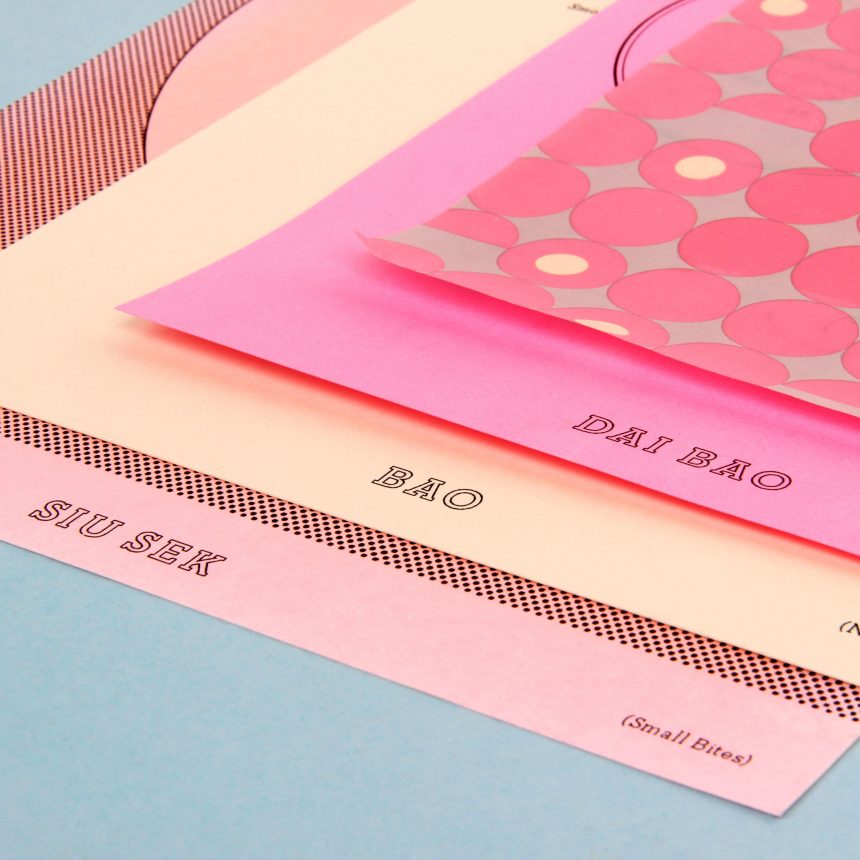Once a member of a graphic design studio, LIE, she’s decided to set out on her own creative journey in search of brighter opportunities with Where’s Gut. By working in close partnership with a network of independent specialists such as photographers and programmers, her team has delivered an array of outstanding projects that capture a certain audience.
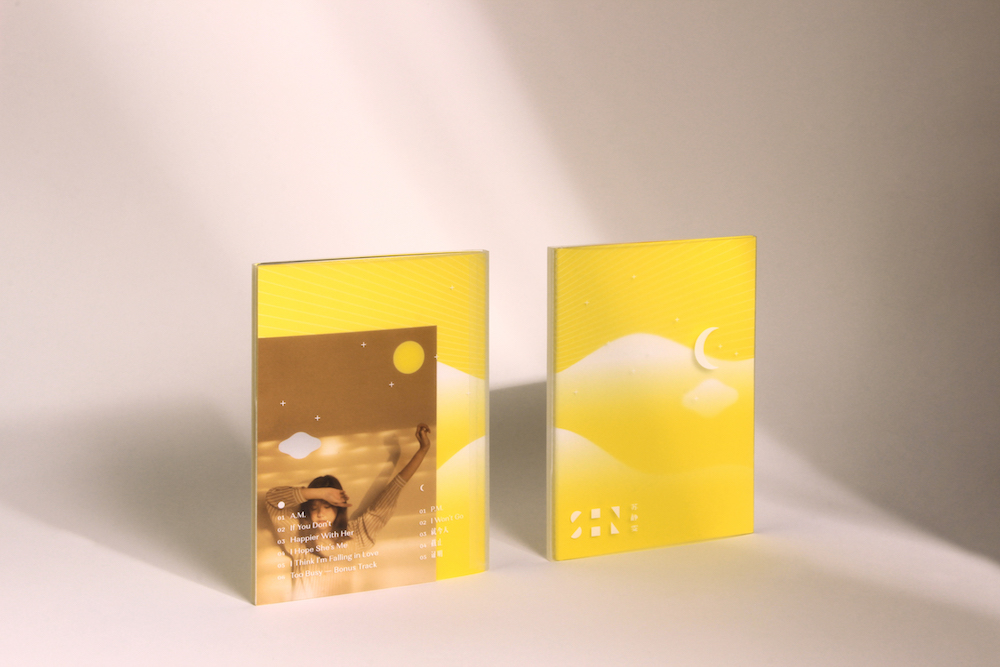
Q: As a graphic designer working with another well-known design studio, why did you ultimately decide to start your own studio?
A: I was fortunate and grateful to join LIE as a graphic designer, then a partner the following two years. It was a time that I gained a lot of opportunities and experiences in the industry. Then, I decided to leave and explore my own path as I was eager to understand and learn more about the industry and also myself—my role and capability as a graphic designer—out of my comfort zone. I started working as a freelancer, dealing with clients, stress and other emotions by myself. Sometimes sh*t happens, and I learn to overcome and deal with them. Running out of inspiration does happen, too. That’s when I started to expand the team and work with my colleagues (yes, colleagues!). It all happens quite organically, and I enjoy having a team now.
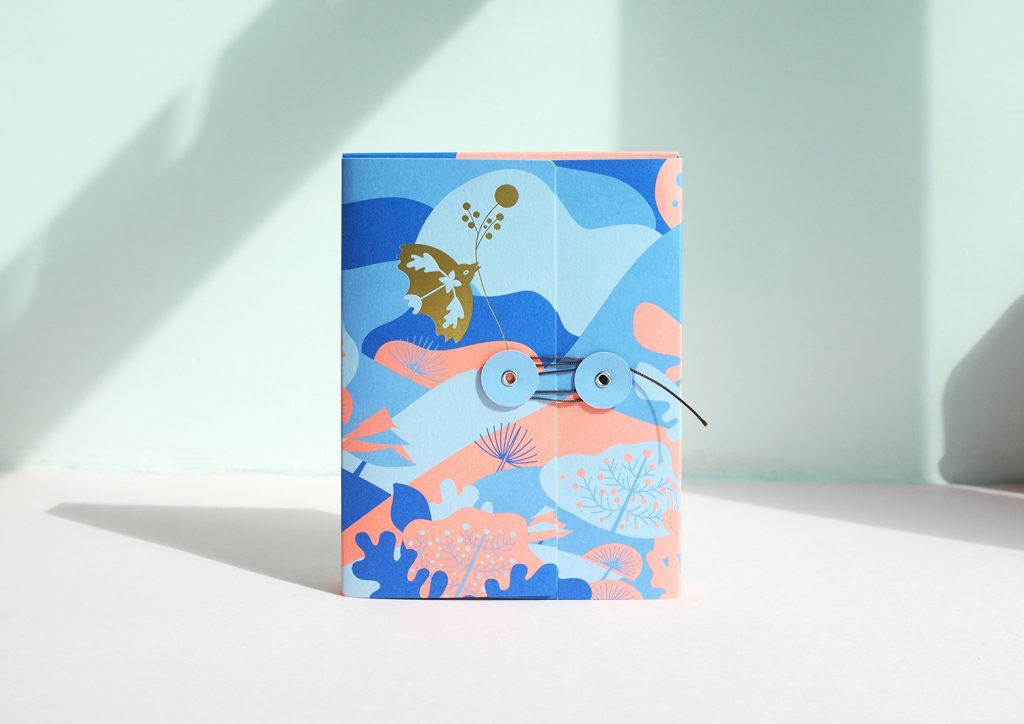
Q: How did you gain confidence at work when first starting out as a designer?
A: Experience, definitely. However, for beginners in the industry, I think staying open and humble to knowledge is necessary. Listen to the wise and learn from the experienced. Listen to them and try to observe and dig what design thinking they have in mind. There must be a rationale, value, or design philosophy in it. Read more, not just about design but everything ¬be it business, architecture, culture, social issue etc., for it keeps you fresh with inspiration and it connects you to the community. That’s when ideas and confidence come in. Of course, a mature skills set at work is needed, too. I guess staying humble, working hard, and reading leads to good portfolios, and then the confidence will come through.

Q: You designed a series of line art icons for the branding of Kakiyuki and Buncit Bao Bar, perfectly complimenting the soft colours used to represent them. What is it about minimalism and simplicity in design that has made it so effective nowadays?
A: Everyone talks about minimalism nowadays. It sounds like a “trend” but it’s actually not. Dieter Rams once said that good design is aesthetic; good design involves as little design as possible; good design makes a product understandable.
Minimalism doesn’t mean that you don’t have a wonderful and big idea. Instead, it simplifies the great idea into a few keywords or visuals to convey the message in the easiest way, which is actually quite challenging. It’s about organisation, how you summarise the client’s ideas, and yet executing it in a way the audience can get it right away. It works in the market nowadays, especially in this era that’s bombarded with information, meaning consumers have sort of a three-second chance to decide what they think of it.

Q: What kind of questions do you ask before beginning any design project?
A: The intention of the business. First, I’ll ask my client about their intention in doing the business, and then I’ll ask myself whether it clashes with my values as well as the studio’s. We believe in sustainability, humanity, and businesses that stay humble while also being respectful to nature and the community. Budget is also one of the most important questions, but I usually put that as the last to consider.
Q: In what ways do you think online design resources have influenced the graphic design we see being produced today?
A: When you have more exposure to the design references, it means less originality but also more opportunities, if you digest and use it decently. I think online resources definitely connect and assist designers in looking for inspiration, however, having a good and solid design concept is especially critical for me. It keeps you fresh and authentic, and it allows you to tell people who believe in you a good, honest, and ethical story.
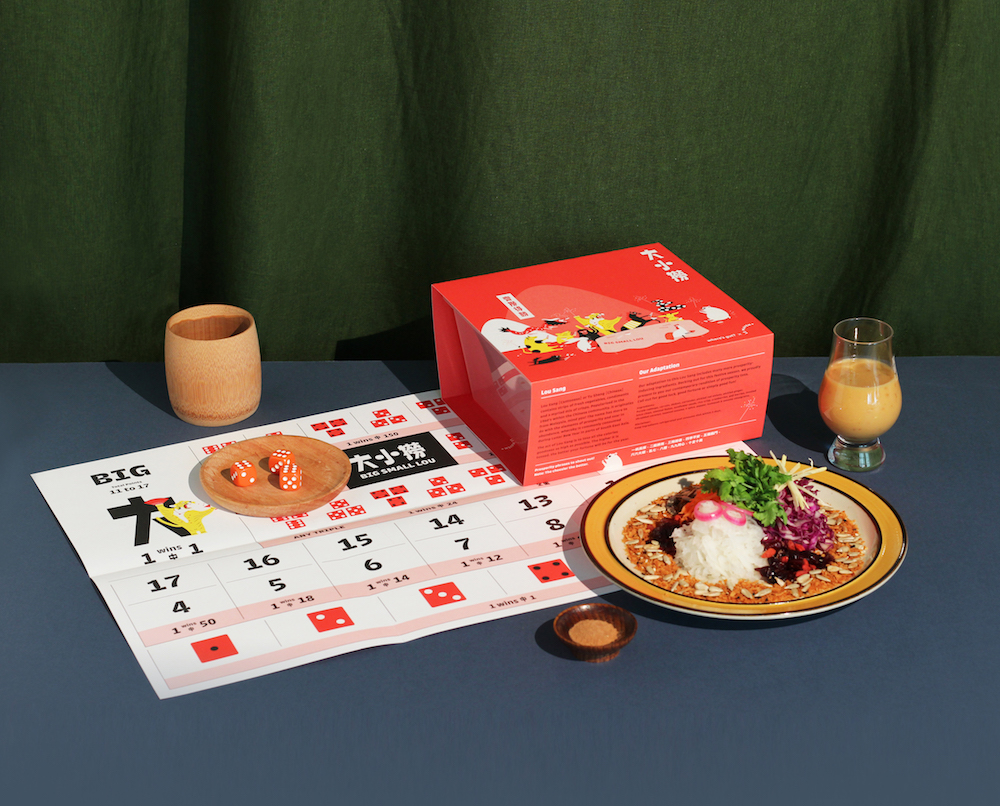
Q: How is working with a team of artists different than it is working on a project by yourself? Can you offer any tips to help this process go a bit smoother?
A: I work with professionals like photographers, videographers, copywriters, stylists, illustrators, painters, business coordinators, etc., and also a team of graphic designers. Being a lone ranger can be quite limited in terms of ideation and skills. I think it’s important to stay open-minded, understand your role, and accept your weaknesses and then put your trust in the people and the team you work with.
I guess being patient and having a clear mind helps in this kind of situation. You have to be excellent at organising, understanding each and everyone’s strengths and their interests, and let them do their job gracefully. Being patient doesn’t come easy. I guess it grows with age, and I’m still learning how to cope with it.
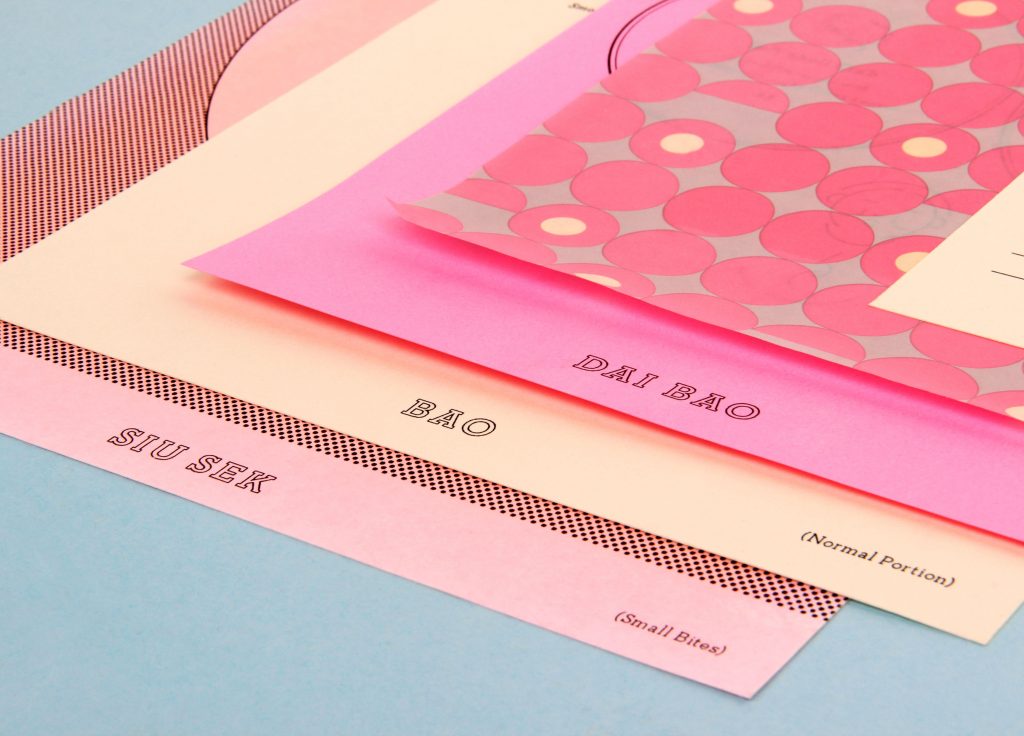
Good things are meant to be shared. 😉 To see more of Where’s Gut’s work, check out the links below!
Website: wheresgut.com
Behance: wheresgut
Instagram: wheresgut
